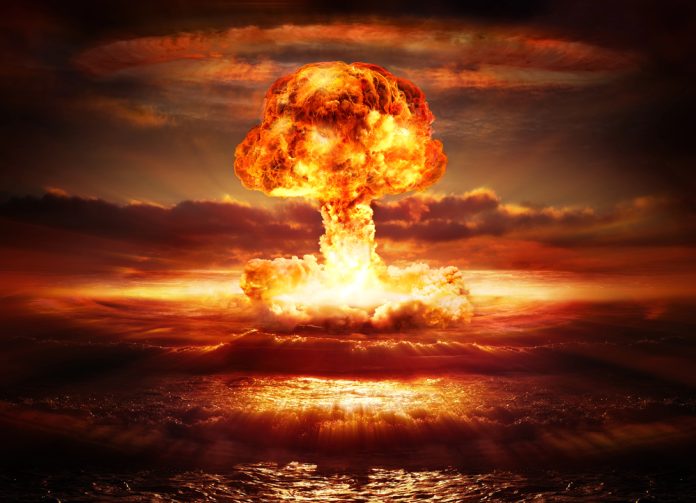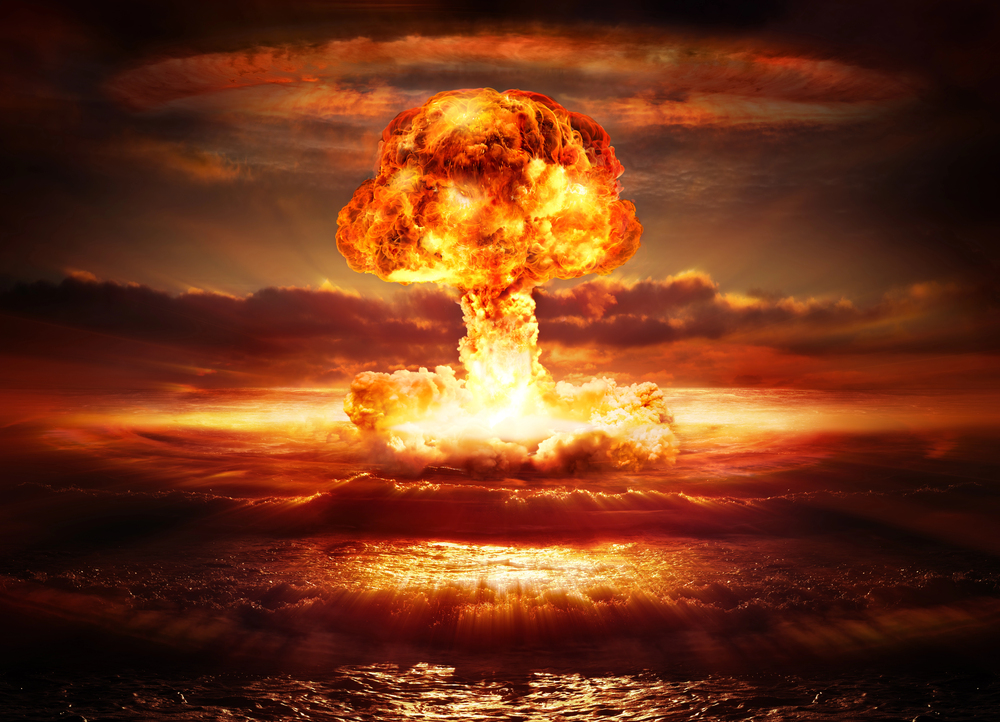
“Prevention of the risk of AI-induced extinction should be a global priority among other risks to society as a whole, such as pandemics and nuclear war,” wrote a few hundred AI workers in 2024. It was a sobering reminder that the biggest dangers facing mankind may not be the ones thought about most often.
While nuclear war remains an apocalyptic possibility, scientists worry that other powers others secretly entombed deep in the planet’s bowels, others the product of our technological pride, can pillage and burn the entire world. These dangers are no fantasy flights of fancy; they are founded upon geological fact, epidemiological theory, climatology, and sophisticated research.
From supervolcanoes with the power to cloak the Sun to ocean currents with the ability to destabilise life-sustaining climates, these threats reveal a shadowy truth: the most significant threats to existence are perhaps occurring behind closed doors, in hiding.
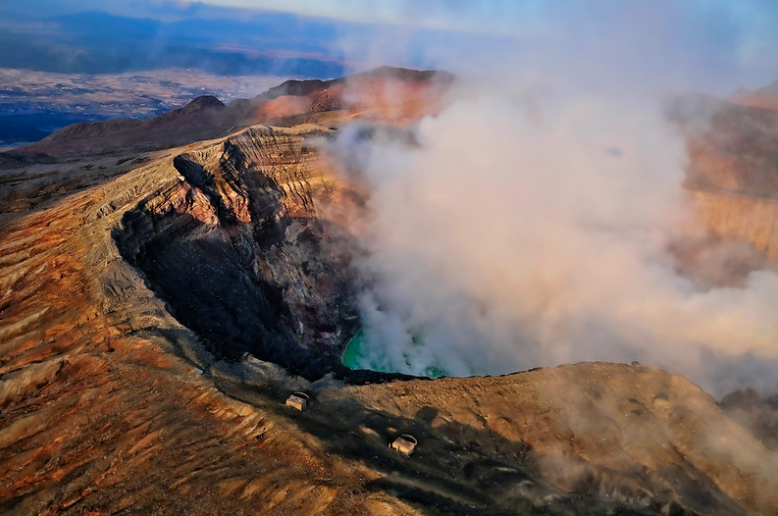
1. Supervolcanoes: The Earth’s Hidden Cataclysms
Beneath serene scenery like Yellowstone is the threat of eruptions of almost unimaginable proportions. A supervolcano has an explosion of 8 on the Volcano Explosivity Index, spewing over 1,000 cubic kilometres of material. The last eruption of this type at Taupo in New Zealand happened 27,000 years ago.
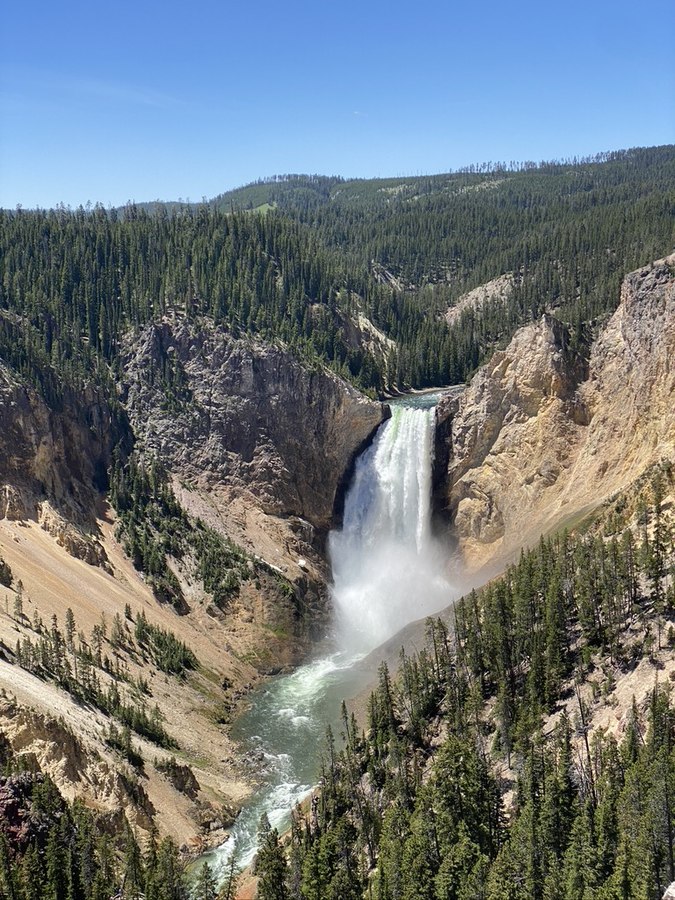
Yellowstone has a dark history. Its eruption at Huckleberry Ridge 2.1 million years ago disseminated continents with ash and cooled the planet. The U.S. Geological Survey estimates the chance of another caldera-forming explosion there annually at around 0.00014% the same as for an impact of a one-kilometre asteroid. Extremely unlikely, an event like this might collapse agriculture on several continents, skew global commerce, and alter the climate for decades.
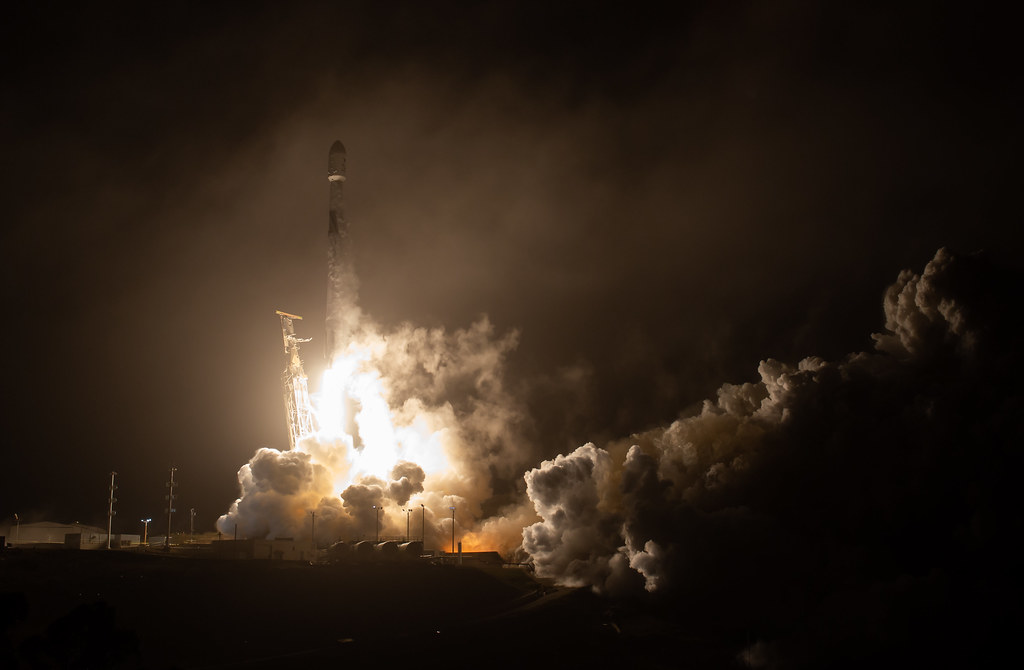
2. Asteroid Impacts: Precision in Planetary Defence
Sixty-six million years ago, the Chicxulub impact ended the reign of the dinosaurs. Today, astronomers track thousands of near-Earth objects, but the threat remains. NASA’s Double Asteroid Redirection Test (DART) proved in 2022 that a spacecraft could alter an asteroid’s path; the collision with Dimorphos shortened its orbit by 32 minutes, far exceeding the mission’s success threshold.
As NASA Administrator Bill Nelson put it, “This mission shows that NASA is trying to be ready for what the universe has in store for us.” But planetary defence is in its infancy. The problem is to find these objects early and act rapidly on those which approach with little warning, with enough kinetic energy to destroy regions or trigger global climatic change.
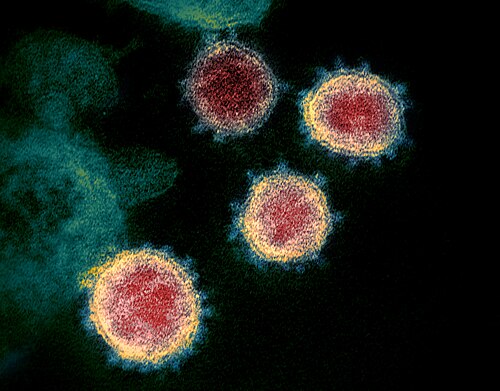
3. Engineered Pandemics: The New Frontier of Biosecurity
Pandemics have long shaped human history, but modern conditions of urbanisation, global travel, and environmental disruption have increased the stakes. The World Health Organisation’s new International Health Regulations have elevated readiness, but there remain gaps, especially in poor nations.
New threats are being generated by cutting-edge biotechnology. In a construct outlined in recent research, it may be possible to create an organism that combines the transmissibility of SARS-CoV-2 and the lethality of Ebola, with the capability to generate near-total mortality. AI-driven synthetic pathogen assembly can accelerate such danger, so rigorous oversight, rapid vaccine platforms, and global coordination must be instituted in order to avoid catastrophe.
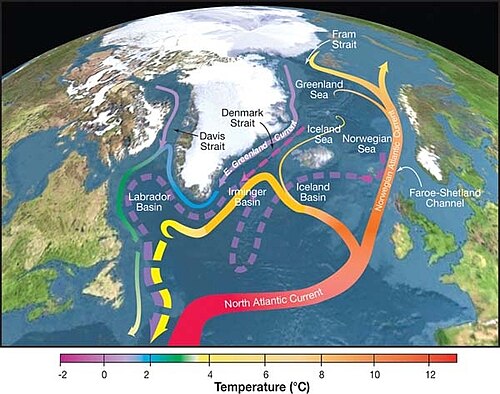
4. Climate Tipping Points: Danger of AMOC Collapse
The Atlantic Meridional Overturning Circulation (AMOC), which includes the Gulf Stream, drives heat and nutrient currents critical to global climate stability. In 2023, it warned it could collapse between 2025 and 2095, the best bet being 2050 based on projected continued high emissions.
Such a shutdown could produce monsoons that drown billions, intensify European storms, raise sea levels on the U.S. East Coast, and threaten the Amazon and Antarctic ice sheets. “It would be a very, very big change,” says Prof. Peter Ditlevsen of the University of Copenhagen. Local partial collapse in regions like the Labrador Sea can release deep, irreversible consequences.
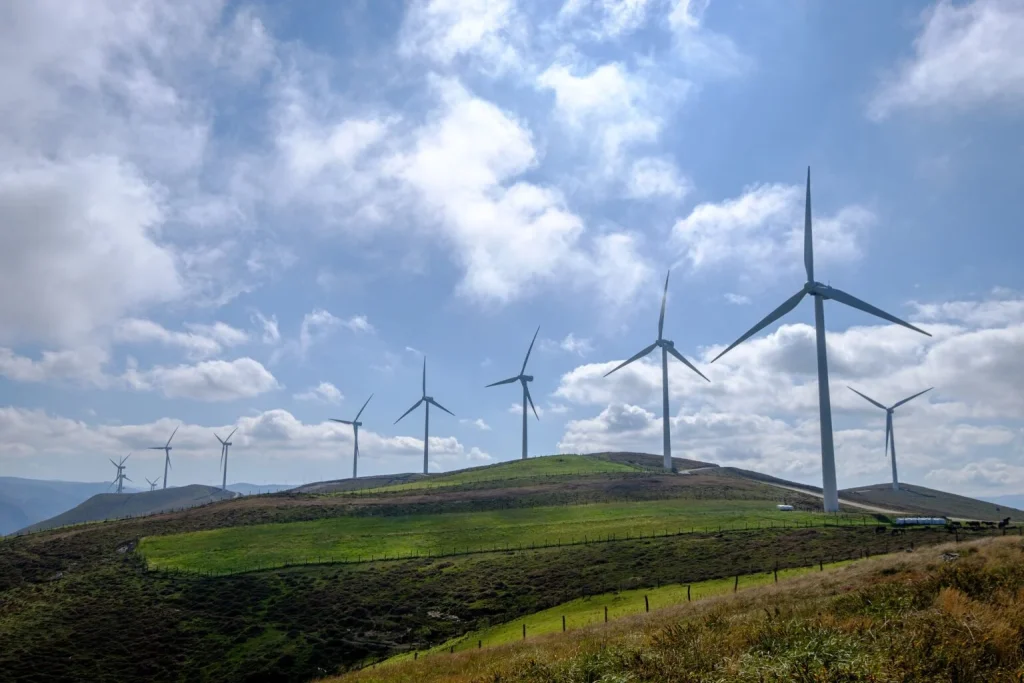
5. Artificial Intelligence: Misalignment to Extinction Scenarios
The fast pace of development in AI has brought forth systems that are able to pass medical licensing tests and compose text as if human. However, goal misalignment, black-box decision-making, and power consolidation in the hands of a few companies pose existential threats. Misuse ranges from undermining democracies by spreading misinformation to creating designed pandemics.
A RAND report also concluded that while unplanned AI-caused extinction is unlikely, intentional misuse mating AI with nuclear, biological, or climate-modifying technology, possibly in theory, could wipe out humanity. These phenomena are prevented by scalable monitoring, transparent training data sets, and strict bans on self-serving systems trying to create catastrophic results.

6. Cyberattacks on Critical Infrastructure
Computer network-mediated modern society is vulnerable to threats greater than financial loss. Advanced cyberattacks have the potential to demolish power grids, water filtration plants, medical care, and transportation systems. During a crisis, such a disruption has the potential to snowball into man-made humanitarian disasters, especially with other crises such as pandemics or weather disasters.
With heightened tensions on the geopolitical stage, states and non-state actors are building more sophisticated cyberweapons. The danger is not merely defensive technology but the development of strong, decentralised networks that can function in extended periods of digital siege.
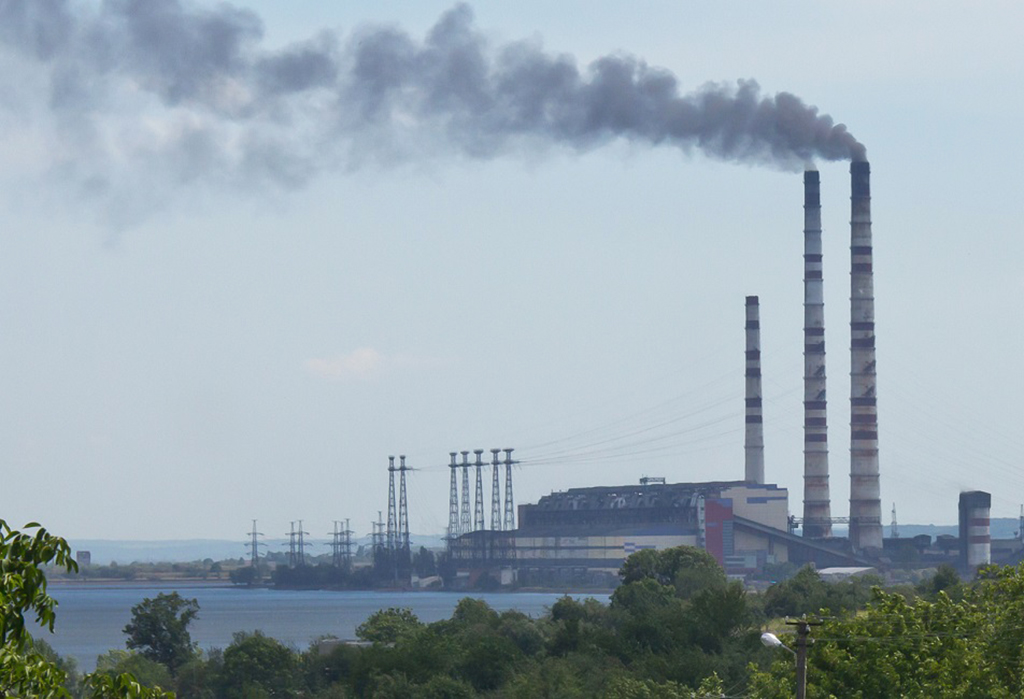
7. Extreme Greenhouse Gases: Climate’s Unthinkable Trigger
In addition to carbon dioxide, other industrial chemicals, hundreds of megatons, would heat the planet for thousands of centuries. Released in quantities, they would raise Earth’s temperatures to levels incompatible with human life anywhere on the planet.
The RAND report did note that such gases are technologically simple to make at extinction-scale levels, albeit logistically challenging. Existing monitoring networks could be evaded by motivated actors or AI accessing chemical production in theory. This underlines the need for tight controls on high-impact greenhouse gases and worldwide monitoring for the detection of anomalous production.
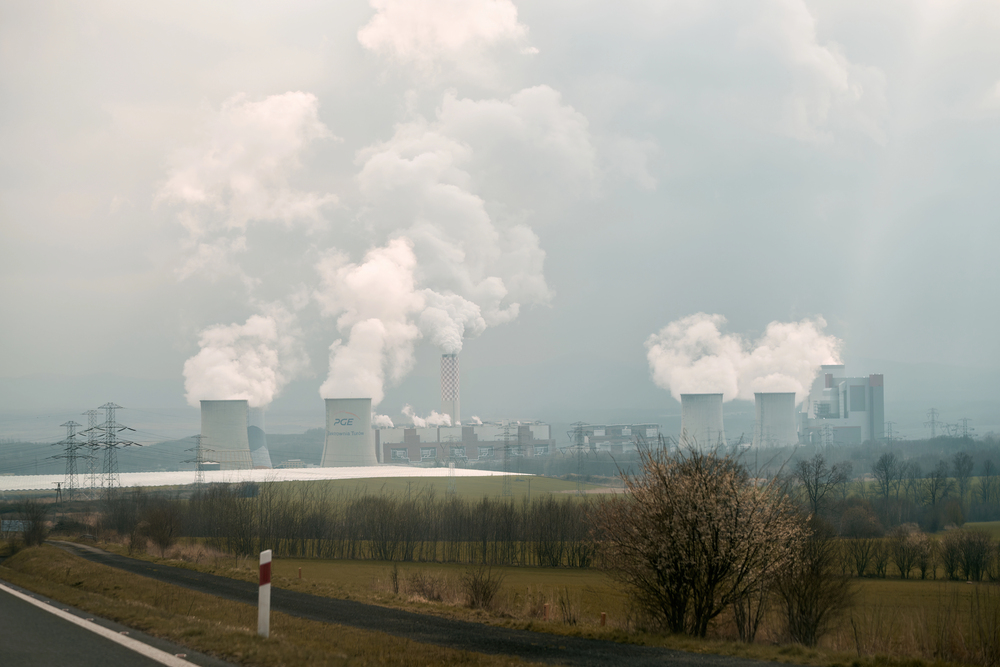
These threats differ in origin, geological, cosmic, biological, climatic, and technological, but in one respect, they are alike: in their potential to reshape or annihilate human civilisation. They cannot be met by mere firefighting; they require anticipation, international cooperation, and fidelity to science and resolve in the long term. In the existential risk equation, nuclear war is only one of the revolver chambers. The others are silent, but no less deadly if forgotten.
